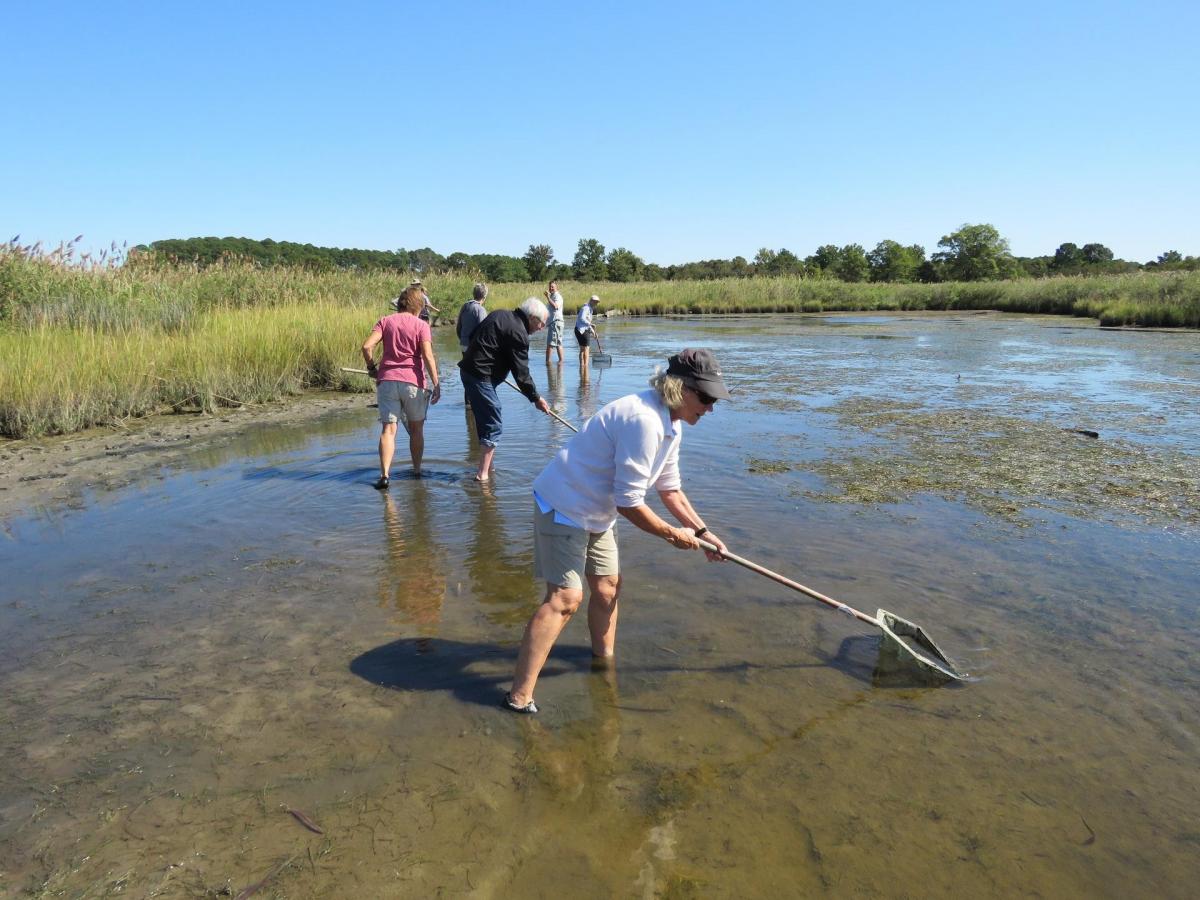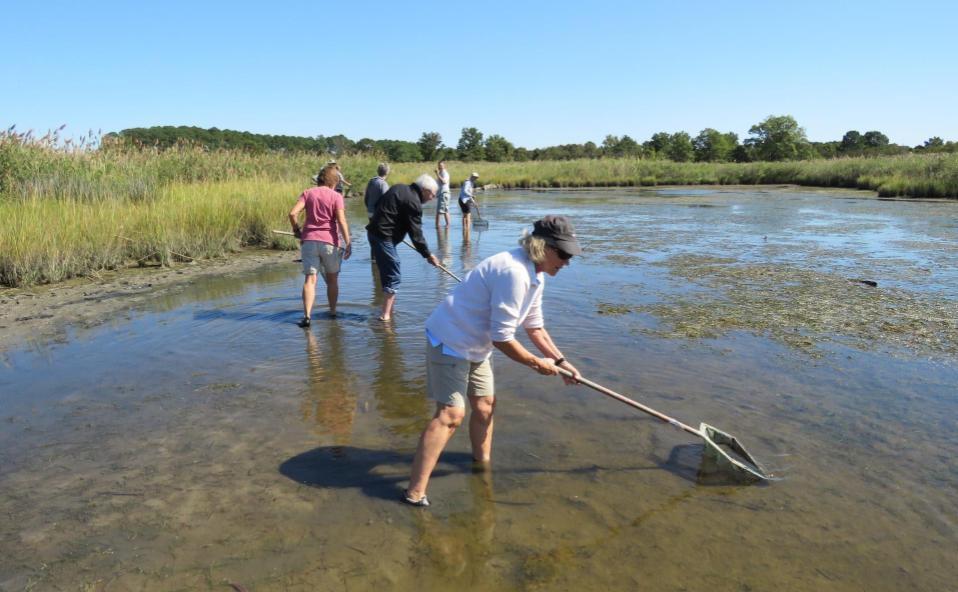
The Chesapeake Bay LIFE Program offers adult in-depth education and experience in Bay area ecology and restoration.
The Chesapeake Bay Environmental Center (CBEC) will offer its six-week environmental education program for adults, Legacy Institute for the Environment (LIFE), this fall, Wednesdays, 10 a.m. to 3 p.m., September 21 through October 26, 2022.
LIFE is designed for adults interested in learning about the ecology of the Chesapeake Bay region and in becoming environmental stewards who share their enthusiasm and knowledge with others. Through classes “hands-on, feet-wet” activities – most offered at CBEC’s Education Center at 600 Discovery Lane in Grasonville — participants learn about the Bay region’s geography, geology, aquatic life and natural history of the Bay; the impact of human activity and climate change on the health of the Bay; plant and insect life at CBEC; birding and animal life in the region; and volunteer opportunities in the field of environmental protection.
LIFE is supported by grants from the Chesapeake Bay Trust, the National Oceanic and Atmospheric Administration, the United Way and the U.S. Environmental Protection Agency.
“We are very proud that since the program’s inception, more than 150 adults have attended the LIFE program,” said Anne Brunson, who with her husband Dave, serves as Volunteer Coordinator for CBEC. “LIFE brings together like-minded people in a mission to protect and preserve the Chesapeake Bay environment for future generations.”
The cost of the program is $150 per person and a commitment to devote 20 hours as a volunteer for CBEC. To register, visit bayrestoration.org/LIFE/. For more information, contact the Brunsons, [email protected]


